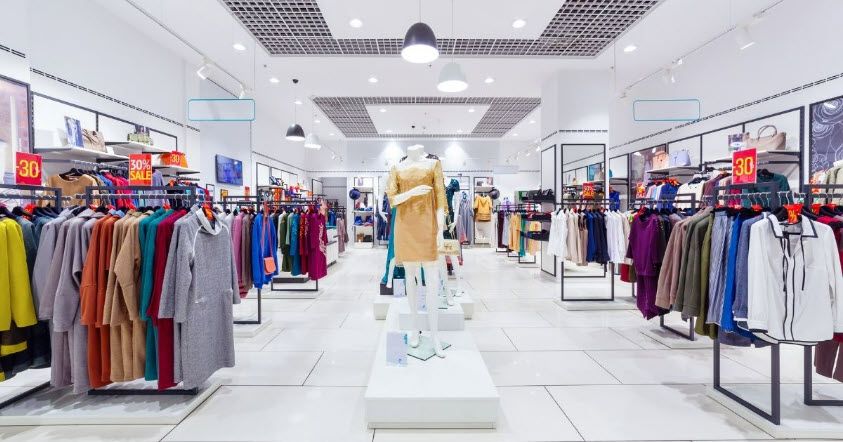
A poorly designed shop layout can lead to customer frustration and a decrease in sales.
In contrast, a well-designed floorplan can improve customer flow, enhancing their shopping experience and providing opportunities for them to discover other items and sales along the way.
Therefore, to increase client satisfaction and boost sales, it is essential to consider the customer journey whilst creating your shop floor plan.
1. Understand your Merchandise Categories
What do you sell? Do you provide multiple categories of merchandise?
Once you have answered these questions, you can group certain types of products and decide where they will be located on the sales floor.
It can be beneficial to start with small precise categories and then create broader categories.
For example, puzzles are a specific category, but a broader category they also fit under is games. Therefore, all the puzzles should be placed with the other types of games.
This can improve customer flow by allowing customers to easily find related items, reducing the time they spend walking around the store – and potentially creating additional sales.
2. Determine Your Customer Segments
Who shops at your store? What are they looking to buy?
Whether you own a clothing store, a baby store, an outdoor living store or anything in between, knowing your customer segments is vital. And this will help you determine how to best lay out your shop.
If you have multiple customer segments, it can be beneficial to put the groups of items each segment is shopping for on opposite sides of the store.
This way, each customer segment will have their own space.
For example, If you have a clothing store for men and women, it can be productive to put each of these broad categories on each side of the room, with the unisex items in the centre.
Doing this will create a more pleasant experience for your customers, as it will take less time for each person to find the items designed for them. They will therefore be less likely to get frustrated by being unable to find the items they’re looking for.
3. Boost Sales by Influencing the Customer Journey
The customer journey is the path a customer takes while shopping – from first seeing a shop, to making a purchase.
Many shop owners place sales at the front of their store to spark customer attention.
Once a customer has entered the store, it is important to ensure they can easily find other types of items they are interested in. Shop owners can achieve this by creating an open space with merchandise displays.
A great tactic to create impulse sales at the end of the customer journey is by placing small add-ons and sale items around the checkout for customers to discover whilst waiting to be served.
4. Create an Inviting Space

Customers should be excited to visit your shop and explore your merchandise.
Creating a customer flow that is easy to navigate and visually appealing will make customers want to stay in your store longer.
If you have a large space, consider using props or furniture to create different areas within your store. You can also use lighting and music to guide customers through your space and create different moods in each area.
By making small changes to the layout of your store, you can encourage customers to spend more time browsing and increase the chances of them making a purchase.
LKD Shop Fitouts
A shop layout is just one part of creating an inviting and enjoyable customer experience.
At LKD, we specialise in shop fitouts with a strong focus on a functional layout. If you are interested or would like any further information, please reach out to us on 1300 553 777 or fill in an enquiry form.






